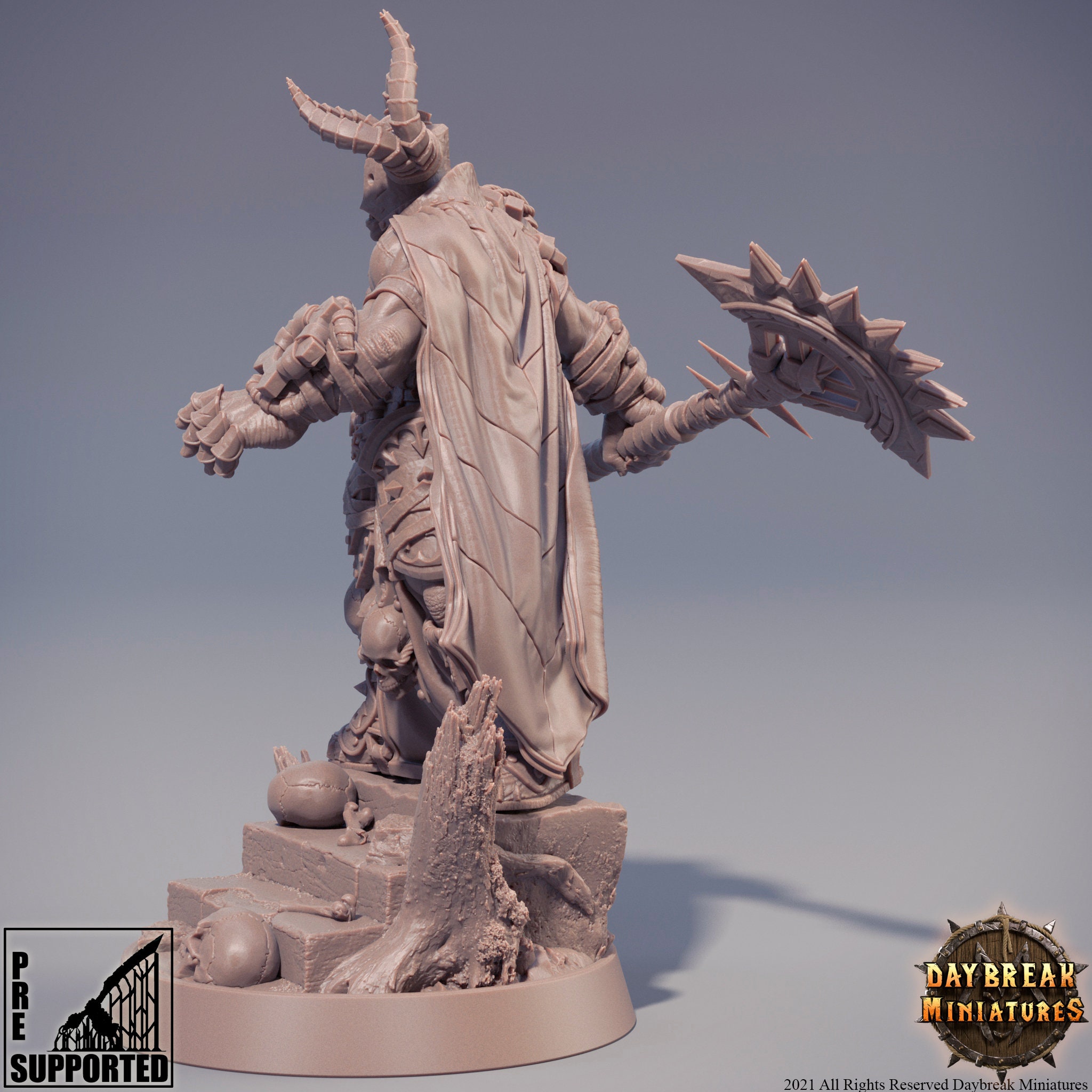

Will be cast in the same autodifferentiation framework as the parameters.Ī MatrixUndefinedError is raised if the matrix representation has not been defined. If the matrix depends on trainable parameters, the result Otherwise, the wire order defaults to the

Operator’s wires in the global wire order. If wire_order is provided, the numerical representation considers the position of the Representation of the operator as a matrix in the computational basis. Wire_map ( dict) – dictionary containing the old wires as keys and the new wires as values Returns Returns a copy of the current operator with its wires changed according to the given label ( cache = cache ) 'U(M1)' > cache, ], requires_grad=True), tensor(,, , ], requires_grad=True)] map_wires ( wire_map ) ¶ label ( cache = cache ) 'U(M0)' > cache, ], requires_grad=True)] > op3 = qml. Returns the frequencies for each operator parameter with respect to an expectation value of the form \(\langle \psi | U(\mathbf > op2. Number of trainable parameters that the operator depends on. Number of dimensions per trainable parameter of the operator. This property determines if an operator is hermitian. Integer hash that uniquely represents the operator.ĭictionary of non-trainable variables that this operation depends on.Ĭustom string to label a specific operator instance.

Gradient recipe for the parameter-shift method. The basis of an operation, or for controlled gates, of the target operation.īatch size of the operator if it is used with broadcasted parameters. Holdover from when in-place inversion changed then name.


 0 kommentar(er)
0 kommentar(er)
